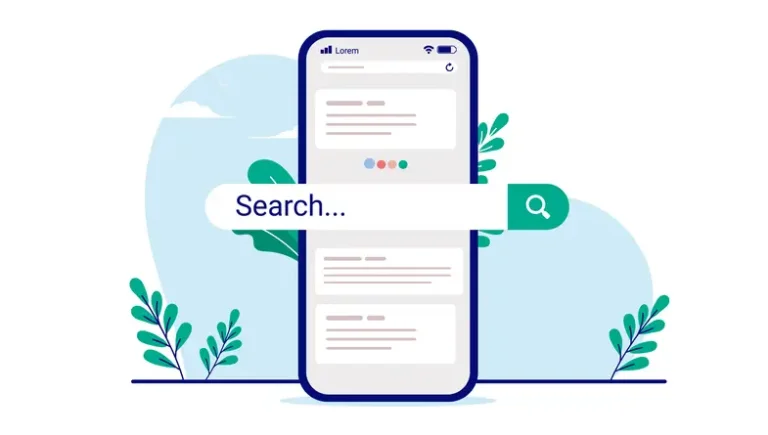
South by Southwest Interactive 2014 has already come and gone, and I can’t believe it. I feel like I was less prepared for this year’s festival compared to years past. It snuck up on me, and on Friday morning I was trying to cram in work that would not wait for the end of the conference.
By Friday afternoon I found myself sitting in a room with dozens of other designers and developers for my first session of SXSW14: Think Content First, Navigation Second.
While SXSW has hundreds of sessions ranging from social media to health and business and much more, I gravitated to the design and development sessions again this year. I took away some great ideas, but for the most part, I found validation in what I’ve already been doing.
Substance over style
Jon Setzen, a UX Designer for Media Temple, presented at my first SXSW session this year. I loved his message, even though much of it wasn’t new for me.
My takeaway? Content — be it text, images, video, or any other experience that users find valuable — should be key to developing a brand’s experience. It doesn’t matter whether it’s on the web or anywhere else. Content is about creating an experience, stories and understanding for customers as well as employees.
Content is more than text and images
Setzen talked about what content is. And for me, this opened up my mind a lot. I had been so focused on content being the images and text we see on screen. But it’s so much more. Content comes in all different shapes and sizes. We even have tools to help us enjoy content more.Good content makes us feel something.Good content makes us part of something.We do a lot for content. (Have you ever waited in line for concert tickets? Or a movie?)We want to experience what’s inside, no matter what the annoyances are. ( We will join registration sites. We will wait in line.)Content makes our experiences.
And when the user experience and user interface come together to communicate quickly as well as solve problems — it’s a beautiful thing.
Setzen’s examples included Square. Here is a service that solved merchants’ problems — especially those who accept payments outside. The company’s message immediately communicates the ability to accept credit cards through a mobile device.
Setzen also went through a case study for a company called Maptote. The company was growing, and it needed its messaging and website to grow with it. Through a process of content strategy and brand development, they created a new Maptote website. But it wasn’t just a visual change. It was a content change as well. The new site was developed around three brand pillars: that the company is a design studio, it’s everyday chic, and it is the perfect gift. In other words — there is a Maptote for everyone. And all content on the site was in line with these pillars and helped shaped the content presented.
I loved the focus of this session on content being the substance of the website — and that substance should be revered over style. It feels good to know that what I’ve been preaching to my clients for so many years is what forward thinkers are talking about at SXSW.











